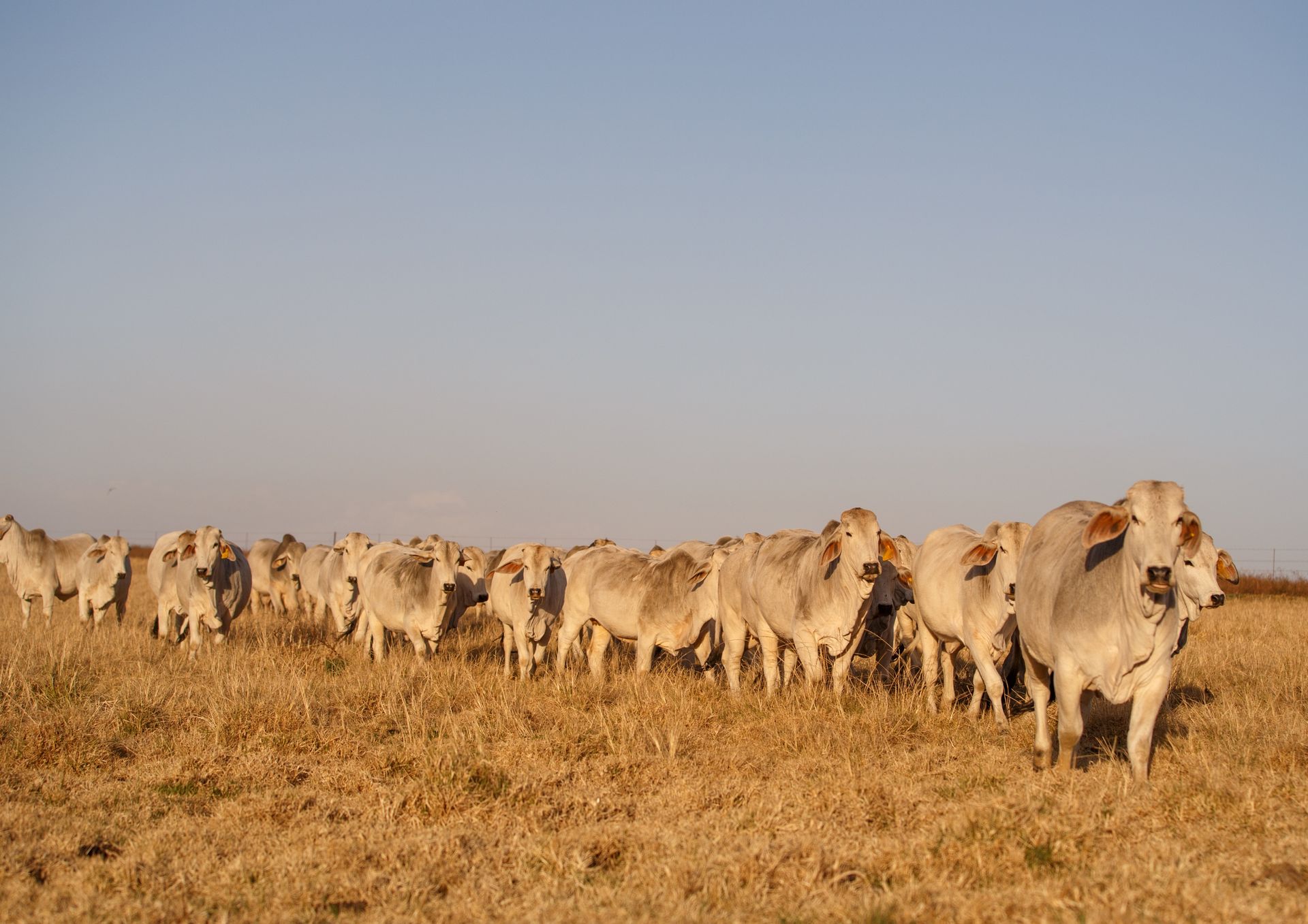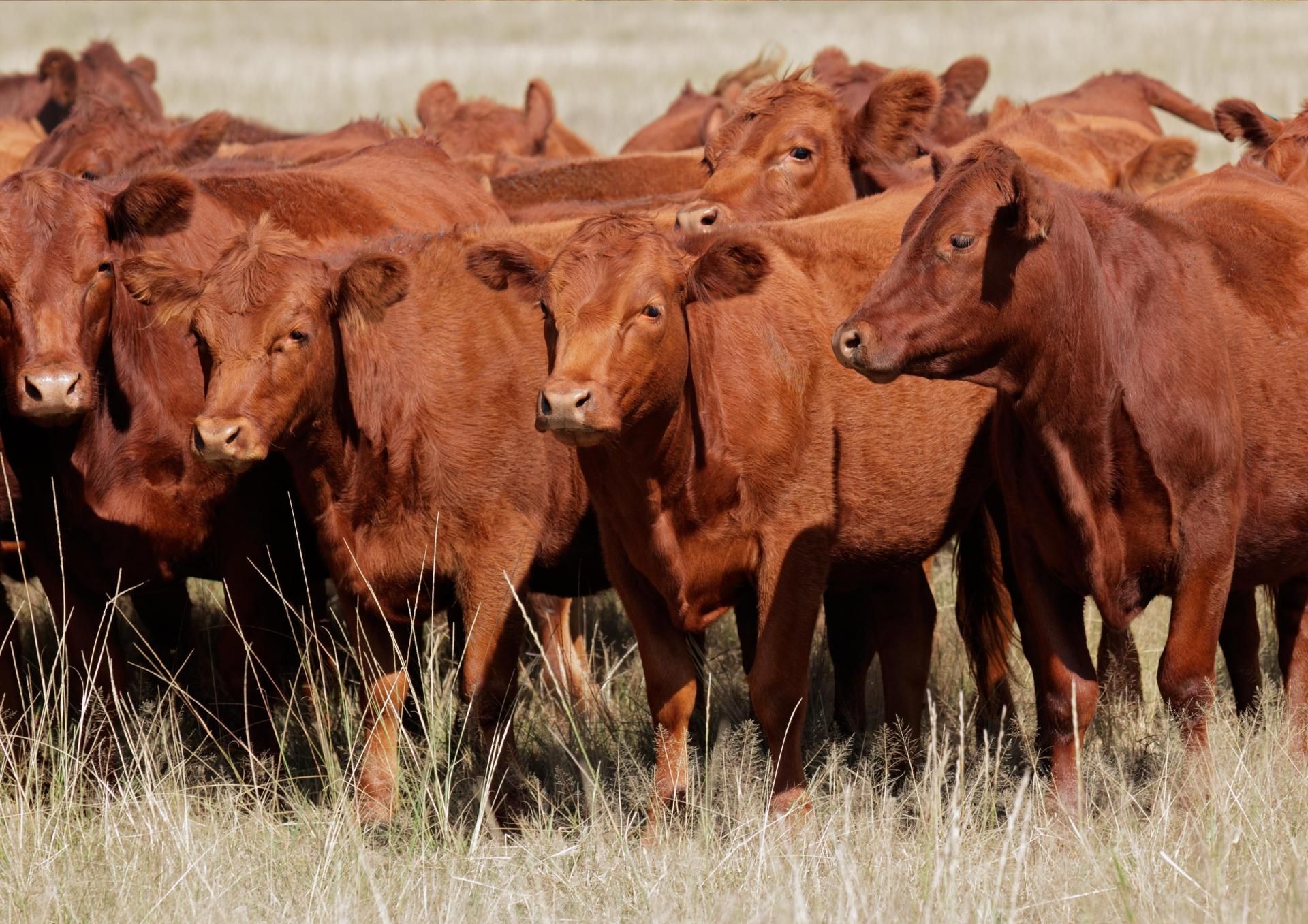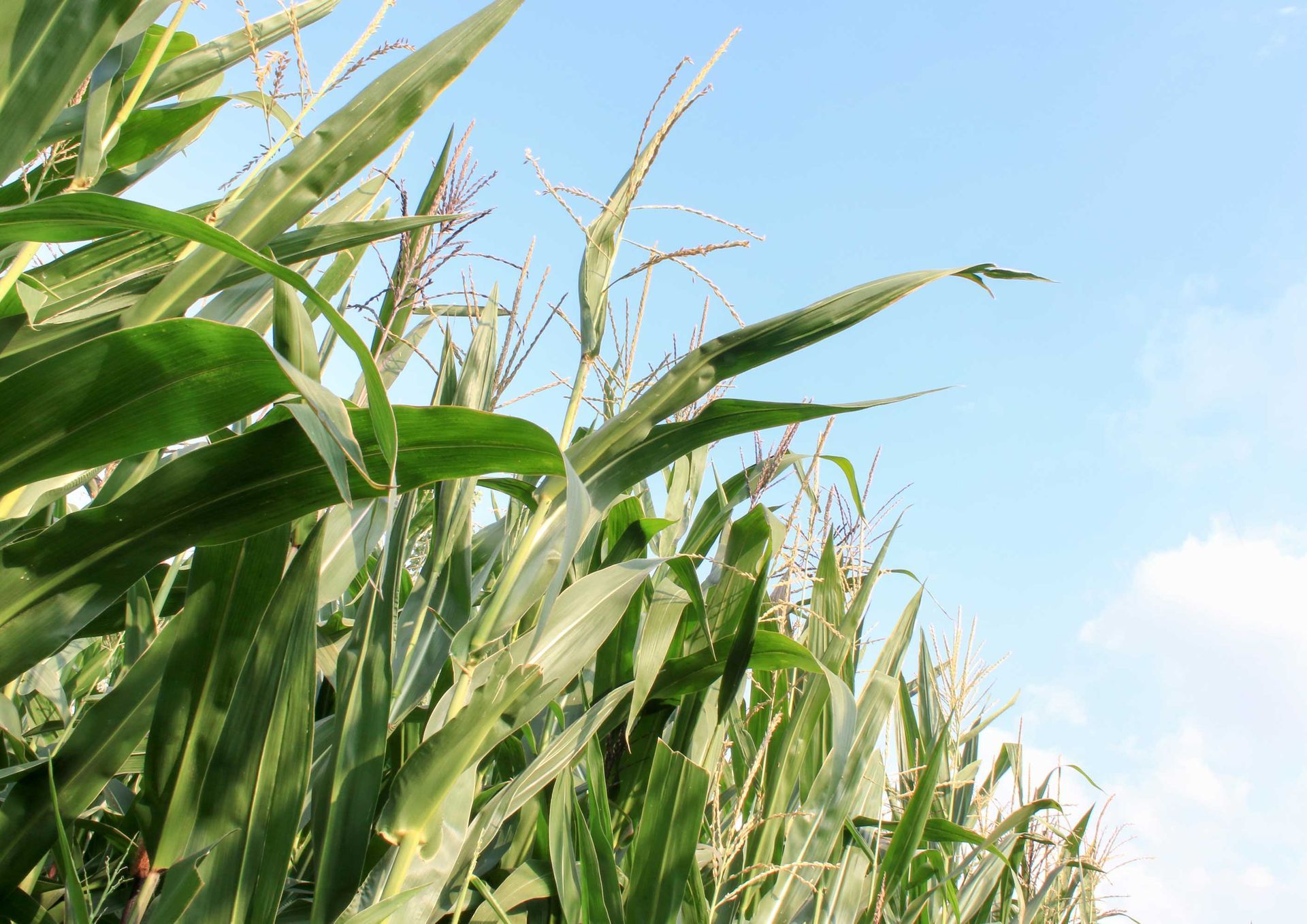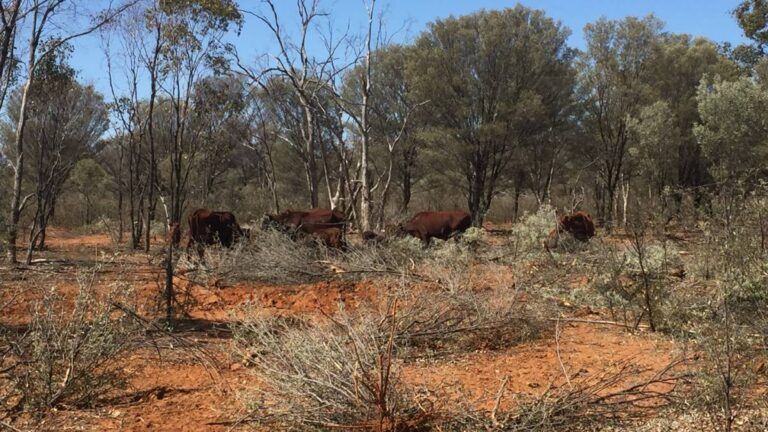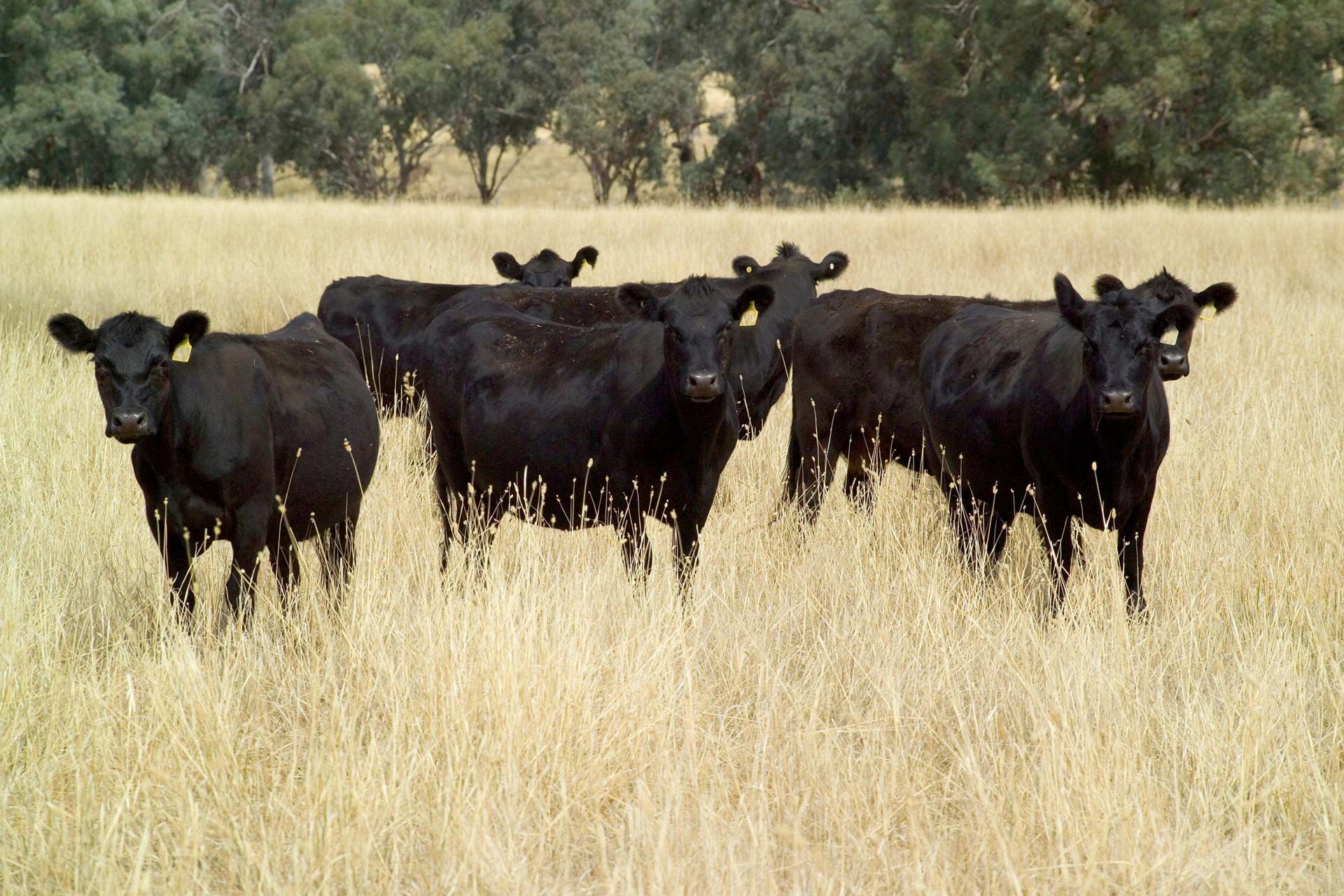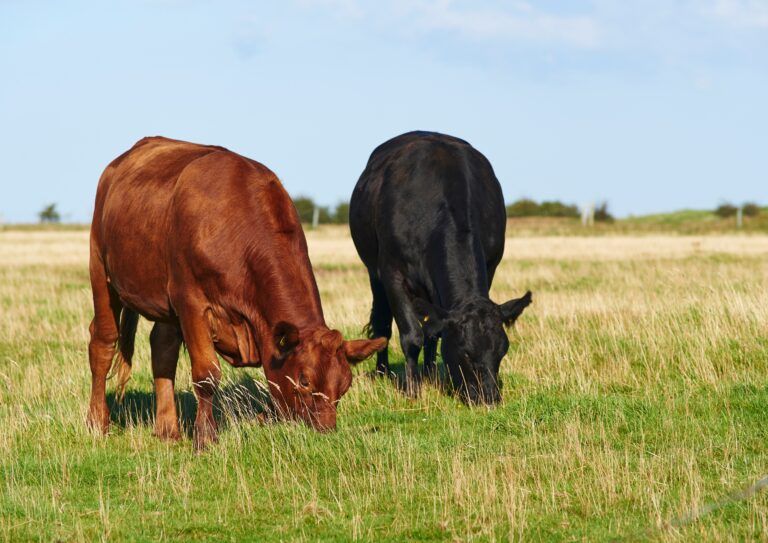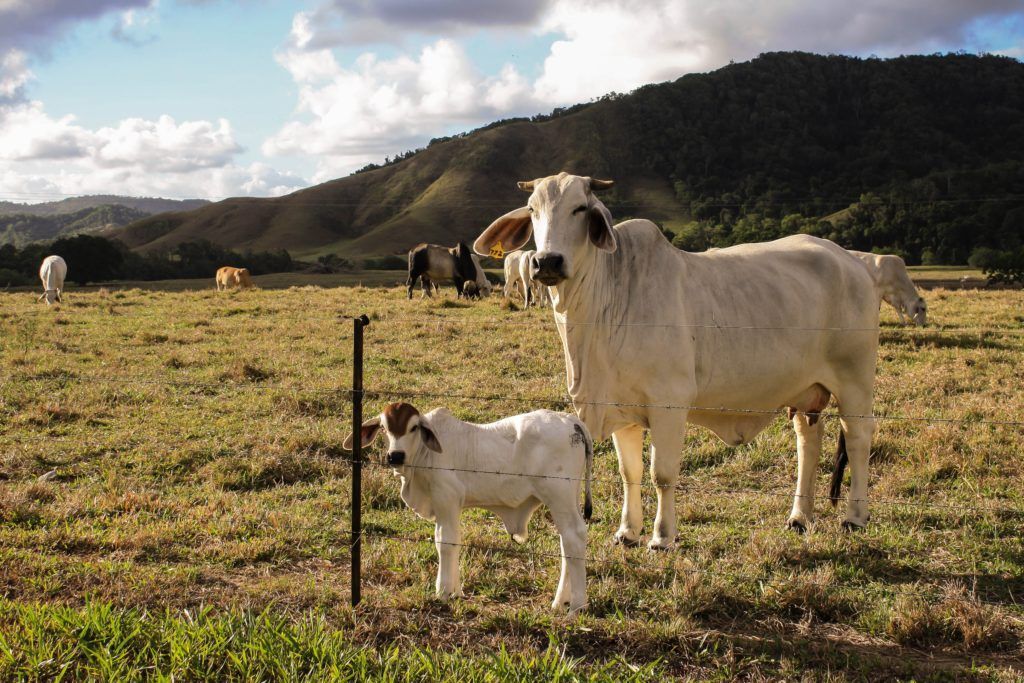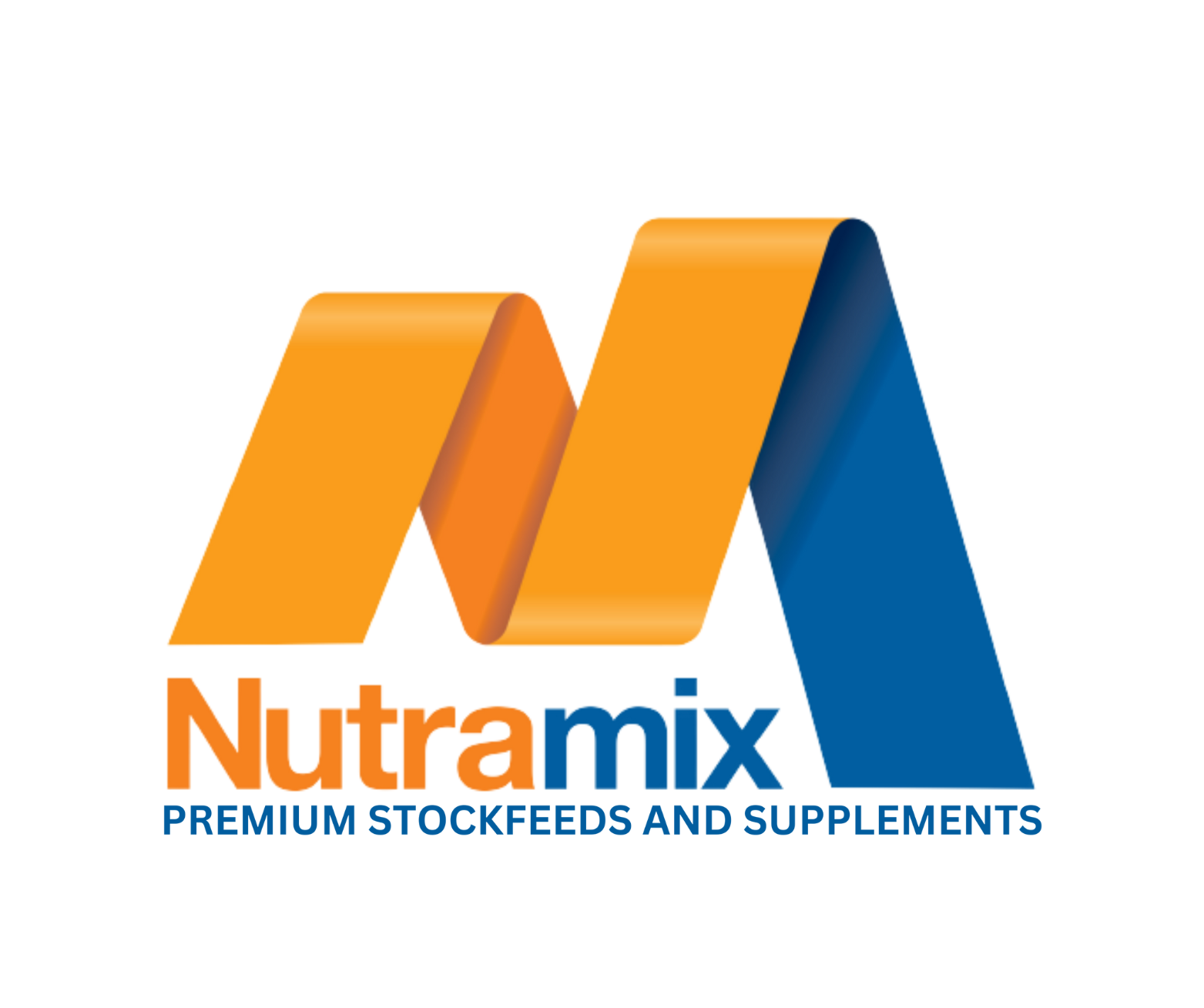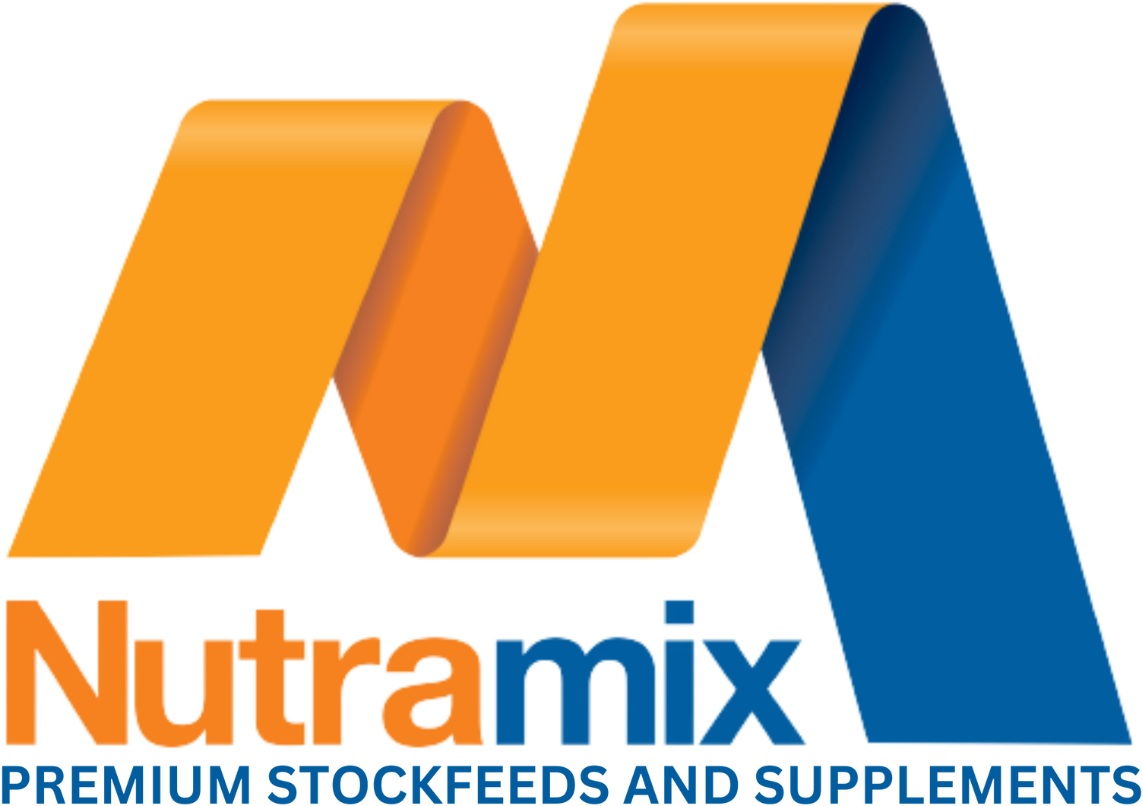Phosphorus for Profit
Winter supplements in Northern Australia are focused towards supplying increased protein where grasses are lacking. This is by far one of the most important parts of supplements in winter and a key component of maintaining breeder weights or improving growing animal weight gains. One of the biggest myths is; “Cattle cannot absorb phosphorus during the dry season”, this simply is not true. The factor of the most limiting nutrient is the biggest determination of how well a nutrient is absorbed. Dry season supplements address protein and energy deficiencies, due to these nutrients being the most limiting in dry mature pastures. Once these issues have been addressed, other nutrients become limiting, and the need of these nutrients presents itself. Phosphorus in the dry season is the third most limiting nutrient so the need for phosphorus becomes apparent when protein and energy deficiencies are met through supplementation providing urea.
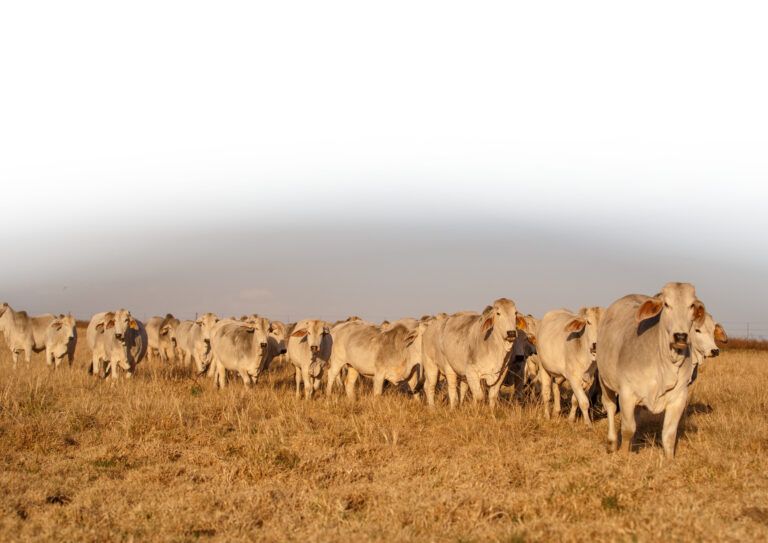
The Easy P trial looks at the solution to many problems with supplementing Phosphorus in the wet season. It has been proven that wet season phosphorus supplements improve breeder conception rates, reconception rates in lactating cows, increased weaner weights and in the Kidman Springs trial, a whopping 11.8 tonnes of extra calf kgs were weaned over the first three calf drops. From these results, wet season phosphorous supplementation is a no brainer. The biggest problem facing producers with wet season supplementation is access. Feeding through the wet season can be problematic due to flooded creeks and boggy roads preventing producers from delivering products to paddocks. The Easy P trial focuses on increasing phosphorus supplementation during the dry season. To see the Easy P trial update, Click Here.
Phosphorus Supplementation
Why Feed Phosphorus?
Phosphorus is an important element in almost every vital body function. Phosphorus is used for building bones and teeth, metabolising fat, carbohydrates, and protein, producing milk and for efficient feed utilisation. Lactating and pregnant cows, heifers and young growing animals need phosphorous in large quantities to maintain production. Growing cattle need 9g of P/kg liveweight gain for muscle and bone. Lactating cows need 1.9g of phosphors per litre of milk they produce, this does not consider the need for phosphorus in daily maintenance or conception/pregnancy. As a rule, more calves equal more kgs of beef and for many of us the more kgs of beef we produce, the more profitable we are. Phosphorous supplementation is proven to improve conception rate, weaning rates and growth rates, more kg to bring more cash to your back pocket.
Why Feed Phosphorus?
Making the decision on how much phosphorous should be in a supplement depends largely on the time of year the supplement is out. Wet season supplements should always be high in mineral content to supply cattle with minerals in high energy and protein grasses, where mineral content is low. Phosphorus content in wet season licks is also determined by property location and the variation of land types across the property. Another consideration is if cows have been in a phosphorus deficient period for some time without any supplemental phosphorus supplied. If an animal is mobilising P from the bones to alleviate a dietary deficiency, there is always a need to supply P at some point to replenish bone reserves before the next reproductive cycle. In deficient country, wet season supplements should have a 9% phosphorus content. During dry seasons or on dry pastures, this phosphorus content can be reduced due to the increased need to supply protein and energy. 4% P concentration in dry season supplements on deficient country will help increase phosphorus intake and replenish bone reserves for the up coming wet season when P is limiting.
Key Handy Tips
- The animals that are most in need of phosphorus supplements are growing stock, late-pregnant heifers and cows and lactation cows.
- Signs or acute P deficiency are bone chewing, broken bones, peg-leg, poor body condition and botulism.
- A typical wet season supplement should have at least 8% phosphorus. Dry season supplements can have 2-4% depending on soil phosphorus concentrations.
- On deficient country, lowering stocking rate will not reduce the need to feed phosphorus.
- To get more information about phosphorus supplementation, click here to go to the Future Beef website.
Nutramix has an extensive range of high phosphorus supplements that are specifically designed to deliver the optimum phosphorus level to cattle either during the wet season or during the dry season. The Beef Phosphomix is the best high phosphorus supplement on the market with 9% P and an unmatched mineral and vitamin content. This product is ideal for wet season supplementation on marginally deficient or acutely deficient country. The dry season supplement range can be formulated to increase the phosphorus content. This HiPhos range has a P concentration of 4%, ideal for increasing phosphorus intakes through the dry season, however continuing to supply cattle with the essential protein and energy needed to help digest dry grasses. To see all our Dry Season Supplements, click here. Talk to our friendly staff about which Dry season supplement if best for you and your production system.
